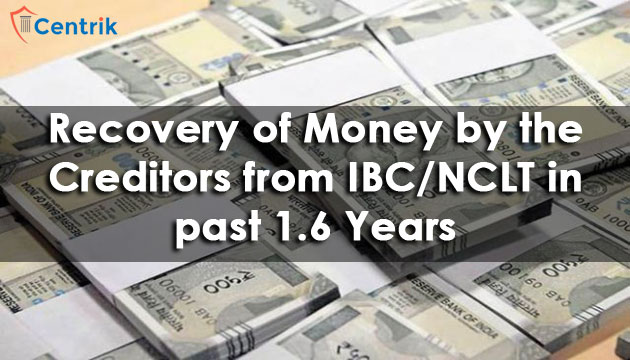
The recovery rate has increased almost three times i.e. from 26.5% in 2018 to 71.6% in 2019 and the time taken for recovery improved from 4.3 years to 1.6 years within a short span of one year.

Order deliverd by NCLAT is a relief for creditors to invoke the jurisdiction of IBC and seek appropriate redressal for their long-awaited grievances against the debtor.

The institution of Insolvency proceedings against DHFL will result in Courts to venture out over new dimensions of prospective rights and liabilities of the financial service providers.

There has been no further clarification as to whether the home buyers are secured financial creditors or unsecured financial creditors, but in consideration of the recent developments, one thing is sure that the result will be in the interest of homebuyers only.

Home buyers are vital stakeholders in building projects. Many home buyers book their property in advance which helps builders raise funds for construction and development of the project.

It is to be understood that the objective of IBC is not to provide benefit only to selective creditors but to protect the interests of all the stakeholders.
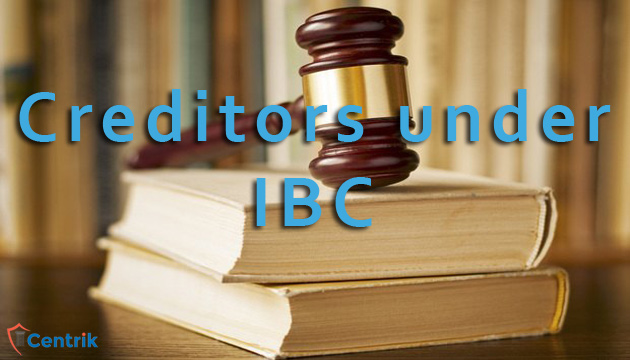
The shareholders and promoters are not the creditors and thereby the resolution plan cannot balance the maximization of the value of assets of the corporate debtor

operational creditors are those creditors where liabilities arise from transactions on operations.

According to the terms of loan resolution in the Insolvency and Bankruptcy Code, the first preference on recovery is to secured financial creditors, followed by unsecured financial creditors, and then operational creditors.
Indiaʹs new financial disaster law is getting most traction from an uncommon set of lenders, people with the least to benefit from pushing corporations into the insolvency process. Operational or unsecured creditors, who have dues that are not backed via any collateral, might be los angeles st in queue to be repaid once an insolvency … Continue reading “Why closing-in-queue creditors report maximum insolvency lawsuits in India”
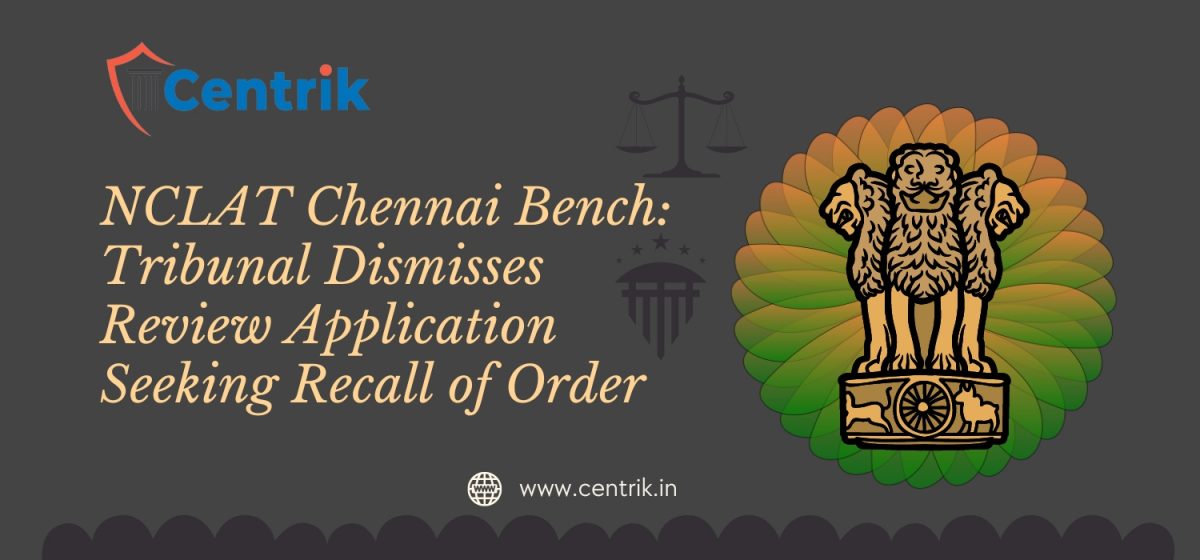
In a recent decision, the National Company Law Appellate Tribunal (NCLAT), Chennai Bench, comprising of Justice M. Venugopal, Justice Sharad Kumar Sharma, and Shri Jatindranath Swain, delivered a significant verdict regarding the jurisdiction of tribunals in recalling orders. The case in question, titled Adv. (CA) V. Venkata Sivakumar v Hari S. Hari Karthik & Ors., … Continue reading “NCLAT Chennai Bench: Tribunal Dismisses Review Application Seeking Recall of Order”
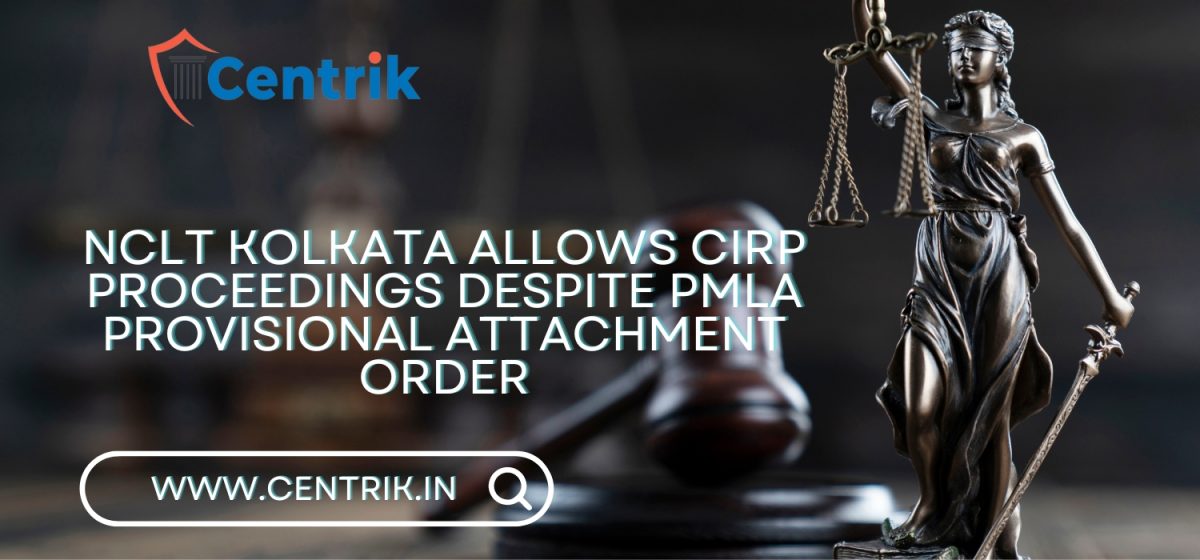
In a significant ruling, the National Company Law Tribunal (NCLT) Kolkata, comprising Smt. Bidisha Banerjee (Judicial Member) and Shri D. Arvind (Technical Member), has upheld the admission of Corporate Insolvency Resolution Process (CIRP) proceedings against Shree Mahalaxmi Corporation Pvt. Ltd. (the Corporate Debtor) under the Insolvency and Bankruptcy Code, 2016 (IBC), despite a Provisional Attachment … Continue reading “NCLT Kolkata Allows CIRP Proceedings Despite PMLA Provisional Attachment Order”
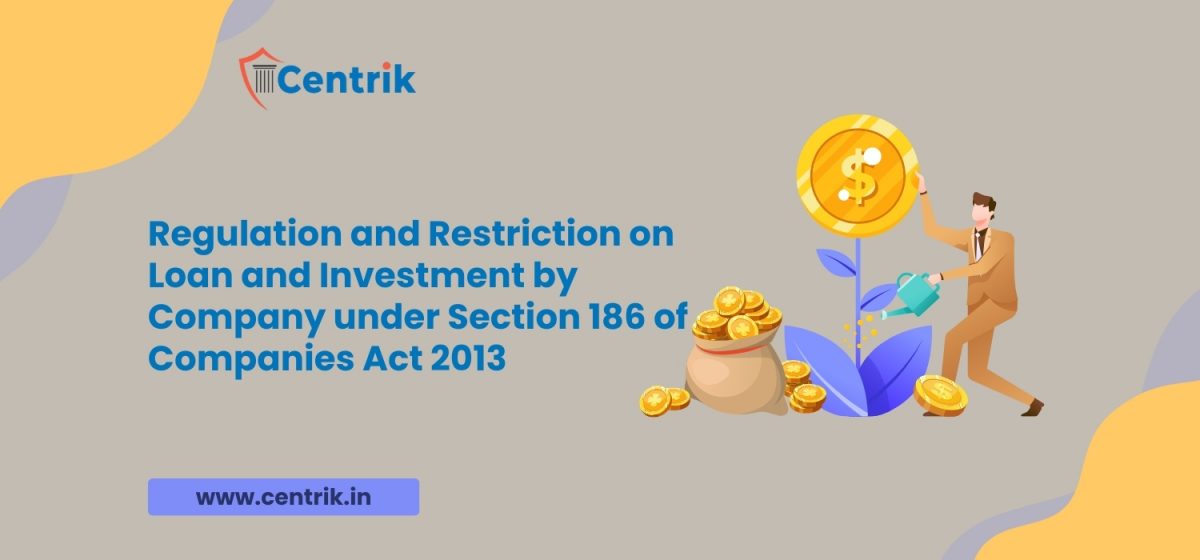
Section 186 of Companies Act 2013 imposes restrictions on loans and investments that can by made by a company. The main aim of the provision is to ensure responsible financial management, prevent misuse of funds, and protect the interests of shareholders and creditors of the company. Section 186(1) states that a company can make investments … Continue reading “Regulation and Restriction on Loan and Investment by Company under Section 186 of Companies Act 2013”
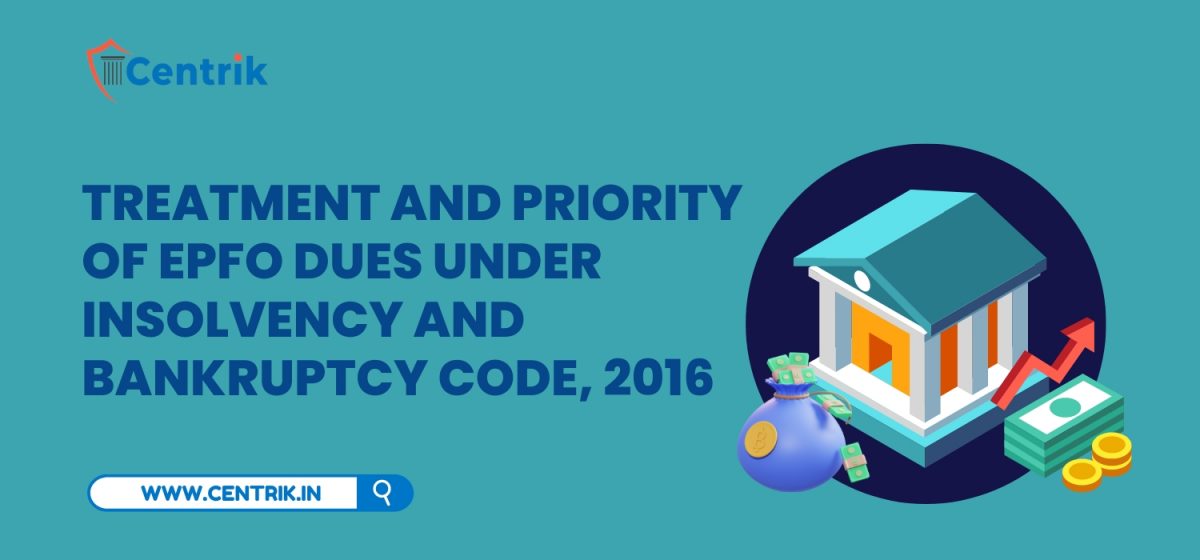
The provisions Insolvency and Bankruptcy Code, 2016 specifically provides for treatment for all sums due to any workman or employee from the provident fund, the pension fund and the gratuity fund. Further, in the present scenario there is much debate on the admissibility of the claim of EPFO under Sections 7Q and 14B for which … Continue reading “Treatment and Priority of EPFO dues under Insolvency and Bankruptcy Code, 2016 (“IBC”)”

The Insolvency and Bankruptcy legislation is a comprehensive legislation that contains all of the required provisions for providing a haven for business debtors in difficulty.















 join For Updates
join For Updates